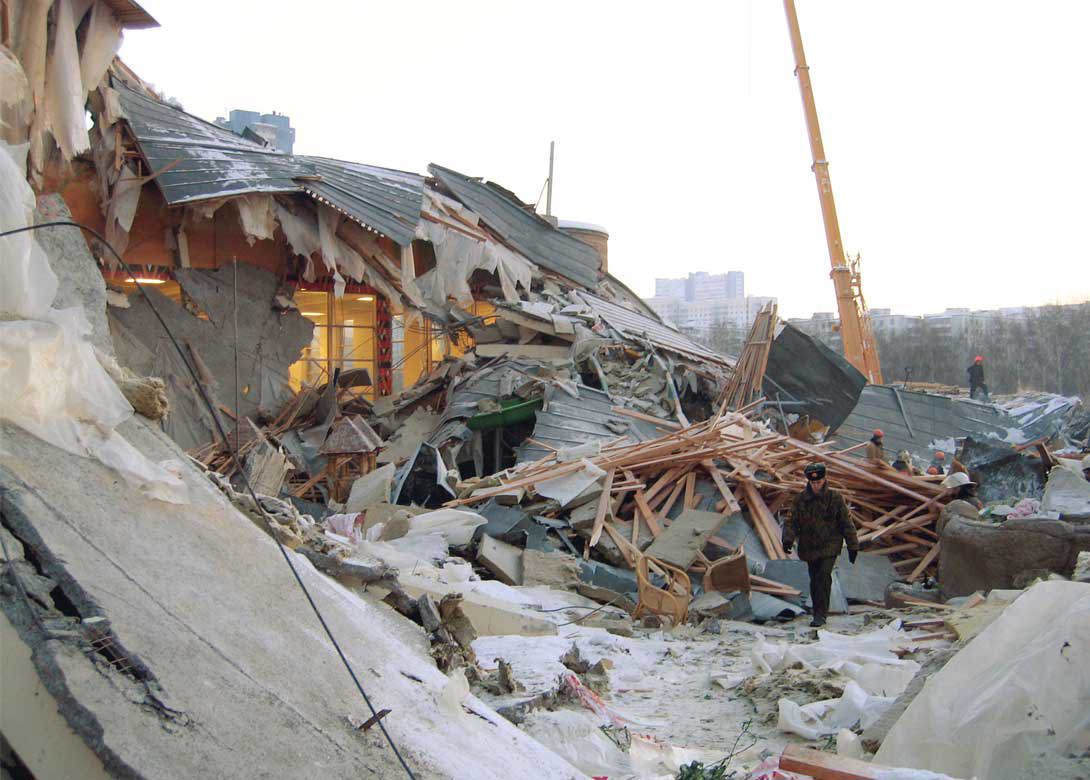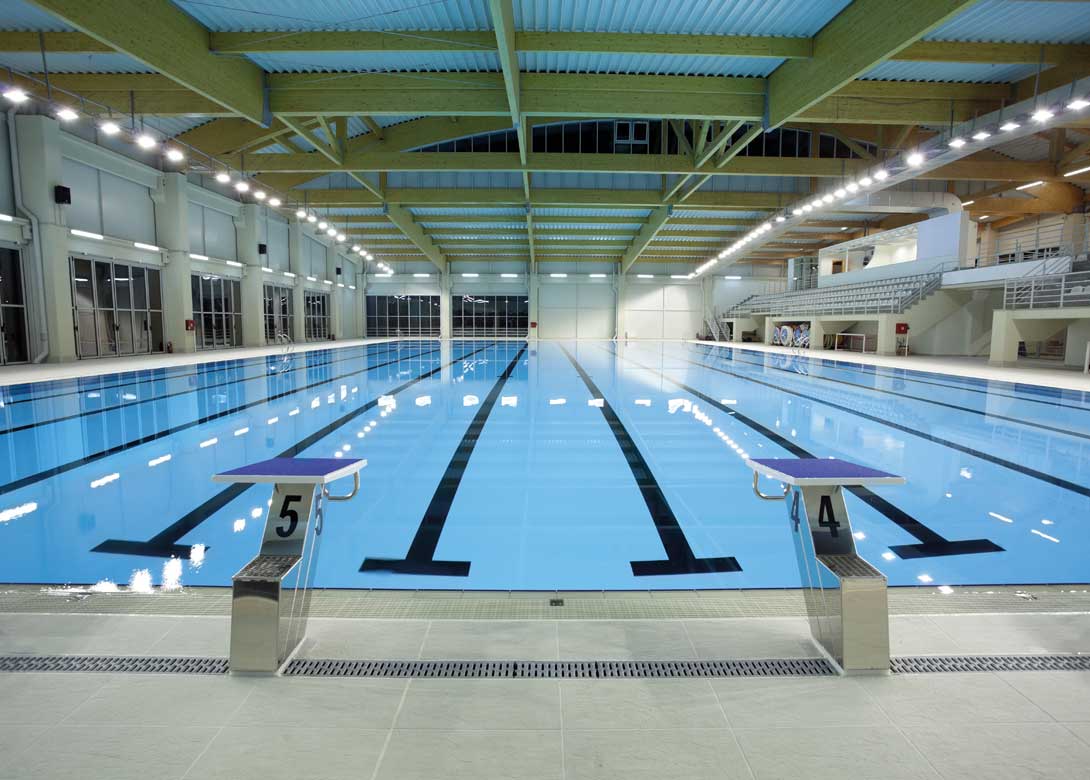
By Ryan Murphy, technical director, Evolution Fasteners (UK) Ltd
There are well documented and investigated cases of failures, which can be attributed to stress corrosion cracking since 1965. Some have led to monetary loses in the hundreds of millions of dollars and nobody can calculate the worth of the 119 lives that have been lost to these failures.
Material sciences are constantly progressing and we use the lessons of the past to ensure such failings don’t happen in the future. This is why we must be aware of the issues surrounding stress corrosion cracking: The phenomenon itself, examples of its devastation and how we can eliminate or mitigate against it.
Stress corrosion cracking is the chemically accelerated propagation of intercrystalline cracking due to corrosive environments. Like creep failure (the slow, permanent deformation of a material due to persistent high stressing of the material whilst still below the upper yield strength of the material) the role of temperature and humidity is important in the magnitude of influence stress corrosion cracking has on its’ respective material. The result of stress corrosion cracking is sudden ultimate failure.
The most susceptible materials to stress corrosion cracking are those that have relatively high ductility and are subjected to tensile stress – risk of stress corrosion cracking increases with elevated temperatures.
Stress corrosion cracking occurs more frequently where soft alloys of austenitic stainless steel are used in components under tensile loading, especially applications where said component is subjected to elevated temperatures, and humidity, and in the presence of an actively corrosive chemical.
Thus, there are applications in the construction industry that are particularly susceptible like swimming pools; where the active chemicals are chlorides, as well as some instances in petrochemical and coastal/marine environments.
Since 1985 there have been five incidences of stress corrosion cracking leading to the sudden catastrophic failure of suspended ceilings in swimming pools, which have led to a combined loss of 56 lives across Switzerland, the Netherlands and Russia:
- Uster indoor swimming pool (Zürich, Switzerland), 1985.
- Steenwijk municipal pool (Steenwijk, the Netherlands), 2001.
- Transvaal park (Moscow, Russia), 2004.
- Dolphin pool complex (Chusovoy, Russia), 2005.
- Zwembad Reeshof swimming pool (Tilburg, Netherlands), 2011.
In all of the cases, there was a catastrophic collapse of the suspended ceiling, which led to the crushing of people below, except in the case of Steenwijk as, thankfully, the ceiling collapsed during the night when the pool was closed.
In most cases the pools either had fasteners that were made of insufficiently coated carbon steels or were made from austenitic stainless steels (such as AISI 304 or AISI 316), which are susceptible to stress corrosion cracking.
Subsequent research in the field of stress corrosion cracking has been expediated by these events, and the prevailing consensus in the materials engineering research sphere is that austenitic grades of stainless steel should not be used in overhead fixing applications unless they have extremely high molybdenum content.
Some coatings produced to the requirements of BS ISO 10683 are permissible for use in overhead applications, so long as great care is taken not to allow the screws to suffer from ablation or abrasion of the coating during their installation. This is due to the advances in coating technology where zinc-aluminium flakes (generally bound in phenolic, melamine and epoxy resins) provide resistance to chemical attack.
Other fatal events attributed to stress corrosion cracking come from oil & gas pipelines and road bridges:
- TPG 100 pipeline explosion (Natchitoches, Louisiana, USA), 1965.
- Silver Bridge collapse (Point Pleasant, West Virginia, USA), 1967.
Much like standard corrosion by oxidation, stress corrosion cracking is difficult to control due to the fact that only a very small quantity of highly active chemical needs to be present. Indeed, studies by the National Association of Corrosion Engineers seem to confirm that only small quantities of volatile chlorates are required to start stress corrosion cracking.
In swimming pools, the route to chloride production is mostly from the disinfectant compounds added to swimming pool water for hygienic purposes. The most commercially used disinfectant is sodium hypochlorite, which reacts in the presence of water with organic materials produced by the human users of the pool (i.e skin particles, sweat and urine) to form di-chlorine-amine as well as tri-chlorine-amine, which then evaporates from the surface of the pool and thus is present (moving upwards) in the atmosphere. This means that stress corrosion cracking can occur in swimming pools with a median temperature of approximately 20˚C if the relative humidity is above 50% – 75%.
As such, designers of systems, should always consider the factors that affect stress corrosion cracking:
- Temperature, pH, chloride (or other volatiles) content, oxygen level and humidity.
- Electrode potential effects (e.g. galvanic coupling and cathodic protection).
- Applied and residual stresses.
- Alloying elements (and impurities) in steel.
- Sensitisation.
- Cyclic conditions.
Unfortunately, the only way to completely mitigate against stress corrosion cracking is to use fasteners that are not susceptible to it (i.e. organic coated screws), however this brings the other problems where if the coating on the screws is breached the underlying carbon steel will oxidise extremely quickly simply by standard oxidisation thus resulting in either creep, fatigue or simple tensile fracture failures of the fasteners. It also brings the possibility of accelerated oxidation and failure of the fasteners by electro-galvanic corrosion or hydrogen embrittlement.
The fields of fastener coatings and fastener materials is fast paced and advances in technology in these fields may fully exorcise stress corrosion cracking from the applications mentioned in this document. However, in the current climate it is advisable that designers seek assistance from their fixings manufacturers in the correct determination of products to be used in swimming pool applications, as well as do some research in their own right – simply due to the highly topical nature of fixings where suitability changes on a case-by-case basis.


Will joined Fastener + Fixing Magazine in 2007 and over the last 12 years has experienced every facet of the fastener sector – interviewing key figures within the industry and visiting leading companies and exhibitions around the globe. Will manages the content strategy across all platforms and is the guardian for the high editorial standards that the brand is renowned.






